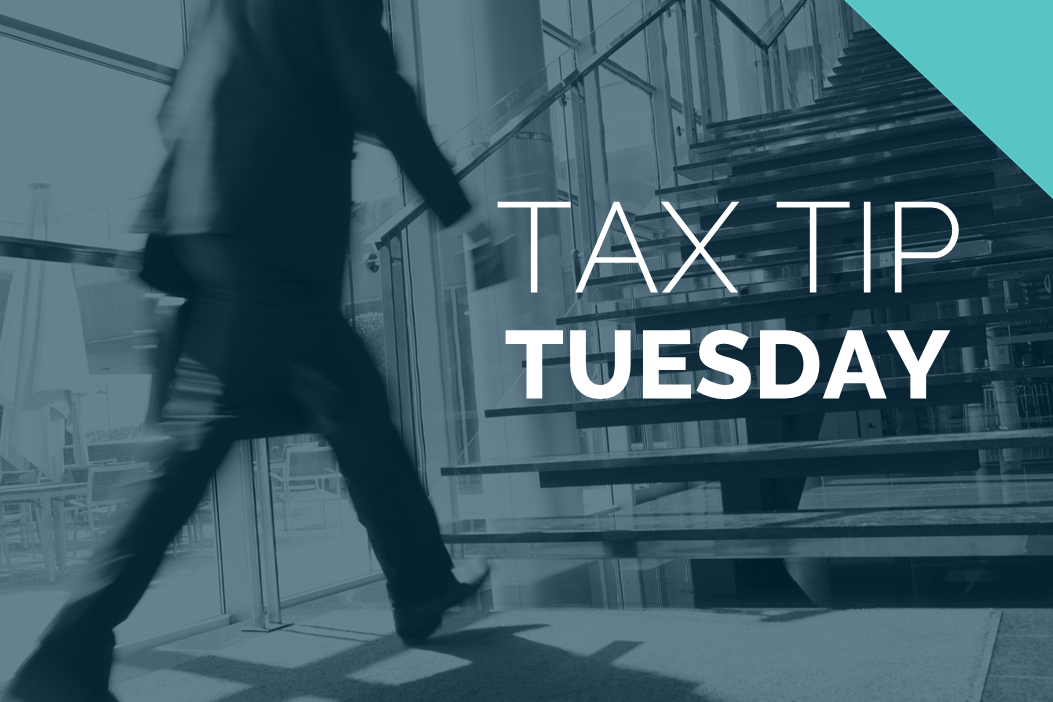Effective May 21, 2023, P&N has joined EisnerAmper. Read the full announcement here.

In today's technological world of e-commerce and remote workers, working from home is becoming more and more popular for employees, contractors, and small business owners. While many employers allow employees or contractors to work remotely for a variety of reasons, what employees and contractors may not know is that a tax deduction might be available for their home office expense.
Prior to the tax year beginning January 1, 2018, if an employee worked from home, they were able to claim a deduction for their home office expense as a miscellaneous itemized deduction. The employee generally qualified for the deduction as long as they had a designated area within their home that was used exclusively for business purposes. However, since the tax reform passed in 2018, employees are no longer allowed to deduct home office expenses due to the suspension of miscellaneous itemized deduction for unreimbursed employee expenses. Importantly, though, this deduction is still available for self-employed individuals, such as those working as contractors.
If you are self-employed, here are some items to consider when determining your deduction.
Qualifying for the Deduction
Is your home office a space that is used regularly and exclusively for your business? In order to qualify for the home office deduction, the part of your home attributable to business must be your principal place of business, and that part of your home must be used solely for business. Thus, even if you routinely work form your kitchen table, your kitchen table will not qualify as a home office.
Calculating Your Deduction
There are two ways to calculate the deduction:
Option 1, based on the square footage of your home and direct and indirect expenses for the home and the office, is the most common.
- First, determine the square footage of your home and the square footage of the area of your home used solely as office space. For example, if your home office space is 150 square feet and your home is 1,200 square feet, you can claim 12.5% of your home-related expenses. (150/1200 = 0.125 or 12.5%)
- Second, determine the amount of expenses that could potentially qualify for the deduction.
- Indirect Expenses – These are expenses for the entire home. Examples include mortgage interest, utility bills, homeowner's insurance, and property taxes.
- Direct Expenses – These are expenses related directly to your business space. Examples include repairs/maintenance of your office space, the cost of a special phone line to your office, or internet used only for the office.
- The total deduction is 100% of your direct expenses plus the prorated amount of indirect expenses.
Importantly, the deduction could be limited if your business created a loss during the tax year. If this occurs, you will be able to carry forward the deduction to the following year.
Option 2 is a simplified calculation:
Pursuant to this option, the IRS allows taxpayers to take a standard deduction of $5 per square foot of the home used for business. This deduction is capped at an office with a maximum area of 300 square feet—thus, limiting the potential deduction claimed under this method to $1,500.
We Can Help
P&N tax advisors are available to help you maximize your tax deductions. If you’re unsure whether your home office qualifies for this deduction, or if you have other questions about your tax liability, contact us today.



